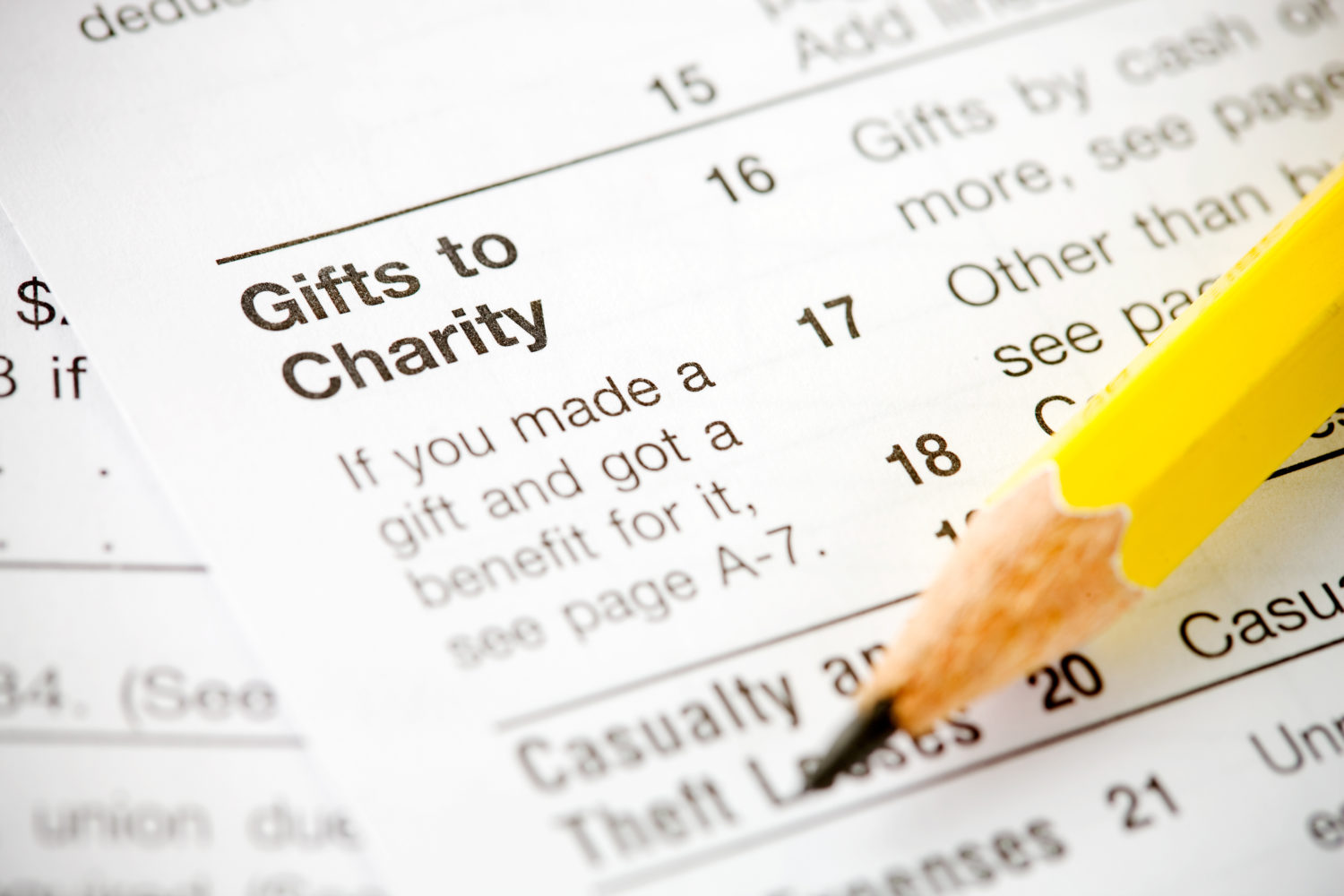Whether you’re totaling up last year’s donations in preparation for filing your 2014 tax return or you’re starting to plan your charitable giving for 2015, it’s important to understand the IRS’s substantiation rules. If you don’t, you could lose the tax benefit of these gifts. The following is a refresher course. Cash Donations You can substantiate cash donations of less than $250 with a canceled check, a receipt from the charity or another reliable written record that shows the name of the charity and the date and amount of your contribution. Separate contributions of less than $250 to a single charity aren’t combined in determining whether you exceeded the $250 threshold. So, if you donate $200 a month to a local food bank, you can substantiate your donations with canceled checks. However, if you make even just one cash donation of $250 or more to that food bank, you’ll need a “contemporaneous written acknowledgment” from the charity describing the amount you contributed and the value of any goods or services you may have received from the charity in exchange for the donation. Noncash Donations Under $5,000 If you donate an asset that’s worth less than $250, you’ll need to obtain a receipt that shows the charity’s name, the date and location of the contribution, and a description of the asset. Noncash gifts of $250 or more require a contemporaneous written acknowledgment from the charity containing the information described above for cash gifts as well as a description of the property. For noncash property donations of more than $500, in addition to the above substantiation requirements, you must maintain written records that document the date you acquired the property, the manner in which you acquired it (for example, via gift, inheritance or purchase), and your adjusted basis in the property (except for certain publicly traded securities). Note that there are special rules for donating vehicles. If your noncash gifts for the taxable year exceed $500, you also must file Form 8283, “Noncash Charitable Contributions.” This $500 threshold is an aggregate of all noncash contributions; it’s not an entity-by-entity calculation. The Biggest Noncash Gifts If you donate property valued at more than $5,000 ($10,000 for closely held stock), you’ll need a qualified appraisal, signed by the appraiser and the charity on Form 8283. You don’t need an appraisal for publicly traded securities, however. For noncash contributions exceeding $500,000 or gifts of art worth $20,000 or more, include a copy of the signed appraisal with your return. The appraisal must be prepared by a qualified appraiser, as defined by IRS regulations, and must include specific information required by the regulations. Moreover, the appraisal must be prepared no earlier than 60 days before the property is contributed and generally no later than the tax return due date, including extensions. The appraisal can’t involve a prohibited appraisal fee. This generally means that the fee can’t be based on a percentage of the appraised value of the property and/or a percentage of the allowable deduction. (Such a fee gives the appraiser the incentive to place a higher value on the property.) Be Careful For the charitably inclined, making donations can provide significant tax savings. But to be sure you receive the benefits you’re expecting, you must substantiate all your gifts carefully. Consult your CPA if you have any questions about the process.
